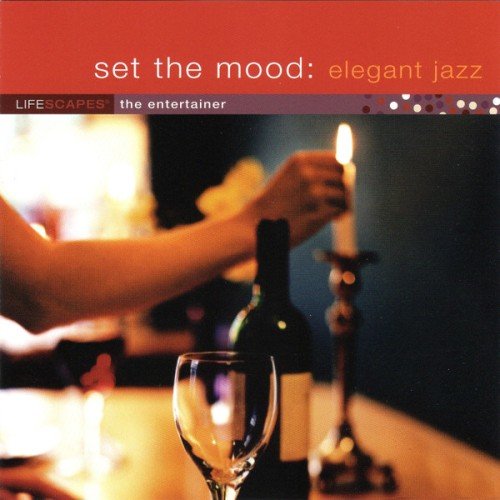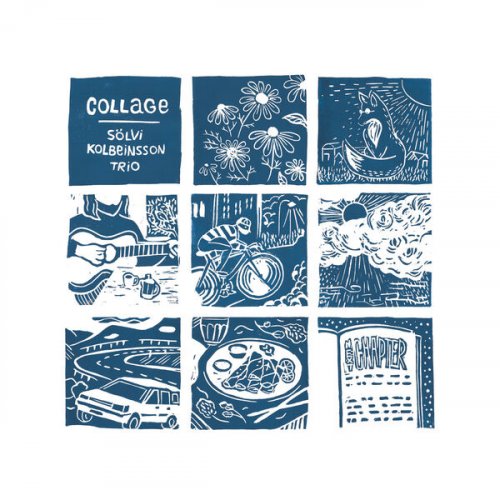Anna Caterina Antonacci - Era La Notte (2006) FLAC

Artist: Anna Caterina Antonacci & Modo Antiquo
Title: Era La Notte
Year Of Release: 2006
Label: Naive
Genre: Classical
Quality: FLAC (image + .cue, log, artwork)
Total Time: 44:32 min
Total Size: 173 MB
WebSite: Album Preview
Tracklist:Title: Era La Notte
Year Of Release: 2006
Label: Naive
Genre: Classical
Quality: FLAC (image + .cue, log, artwork)
Total Time: 44:32 min
Total Size: 173 MB
WebSite: Album Preview
1. Claudio Monteverdi - Lamento d' Arianna Lasciatemi morire [09:17]
2. Barbara Strozzi - Lamento Lagrime mie, a che vi trattenete [07:28]
3. Pietro Antonio Giramo - Lamento della pazza Chi non mi conosce [09:26]
4. Claudio Monteverdi - Il combattimento di tancredi e Clorinda [18:17]
This unusual sequence of four Italian Renaissance laments was presented as a staged recital, first given this January at Luxembourg in a production by Juliette Deschamps. She also writes for the CD some rhapsodic introductory notes which disdain to do anything so mundane as provide useful information. It would be nice to have some facts about the composers Strozzi and Giramo, for instance. Possibly knowledge of Ariadne’s unfortunate circumstances can be taken for granted, but there will surely be many listeners who have become, let’s say, a trifle rusty on their Tasso and would appreciate a reminder of who Tancredi and Clorinda were, why they fought each other, and what so surprised Tancredi when towards the end he had a chance to view his opponent more closely (briefly, he was a Crusader, she a Muslim female warrior in male attire).
The four pieces were, apparently, chosen by the singer herself; and one can imagine, given her striking appearance and expressive powers, that the evening would have proved moving and memorable. On records we are of course deprived of the sight. The sound alone is still impressive but not quite to the same degree. Antonacci’s voice, though ample, is not now of an outstandingly rich beauty, and its production is not entirely steady. In Ariadne’s lament, Carolyn Watkinson (Archiv – nla) in a recording from 1978 shows what a really firm voice sounds like, and Anne Sofie von Otter (in her 1998 Lamenti recital – DG, 3/99) is both moreeven in her method and more expressively inner in style.
The Combattimento suffers from the reduction in such a long narrative piece to a single voice. It is of course a triumph of pictorial writing (and Antonacci and her instrumentalists give a vivid account) but its success is much more assured in a version such as that recorded under Reinhard Goebel where three voices are employed, one apiece for the protagonists and another for the ‘testo’ or narrator.
The monologues by Barbara Strozzi and Pietro Giramo, while not new to the catalogue, are less well known and, in the event, twice as welcome. Both are strikingly original, and Antonacci is well suited by the exotic vocal twists and turns of the first and by the unnervingly realistic mood-changes of the other. The players from Federico Sardelli’s Baroque ensemble Modo Antiquo contribute stylishly and the recorded sound is fine. -- John Steane ~ Gramophone
The four pieces were, apparently, chosen by the singer herself; and one can imagine, given her striking appearance and expressive powers, that the evening would have proved moving and memorable. On records we are of course deprived of the sight. The sound alone is still impressive but not quite to the same degree. Antonacci’s voice, though ample, is not now of an outstandingly rich beauty, and its production is not entirely steady. In Ariadne’s lament, Carolyn Watkinson (Archiv – nla) in a recording from 1978 shows what a really firm voice sounds like, and Anne Sofie von Otter (in her 1998 Lamenti recital – DG, 3/99) is both moreeven in her method and more expressively inner in style.
The Combattimento suffers from the reduction in such a long narrative piece to a single voice. It is of course a triumph of pictorial writing (and Antonacci and her instrumentalists give a vivid account) but its success is much more assured in a version such as that recorded under Reinhard Goebel where three voices are employed, one apiece for the protagonists and another for the ‘testo’ or narrator.
The monologues by Barbara Strozzi and Pietro Giramo, while not new to the catalogue, are less well known and, in the event, twice as welcome. Both are strikingly original, and Antonacci is well suited by the exotic vocal twists and turns of the first and by the unnervingly realistic mood-changes of the other. The players from Federico Sardelli’s Baroque ensemble Modo Antiquo contribute stylishly and the recorded sound is fine. -- John Steane ~ Gramophone


![Tomasz Stanko, Polskie Radio - Piece for Diana and Other Ballads (Polish Radio Sessions vol. 1/6) (2025) [Hi-Res] Tomasz Stanko, Polskie Radio - Piece for Diana and Other Ballads (Polish Radio Sessions vol. 1/6) (2025) [Hi-Res]](https://www.dibpic.com/uploads/posts/2025-12/1765797073_cover.jpg)
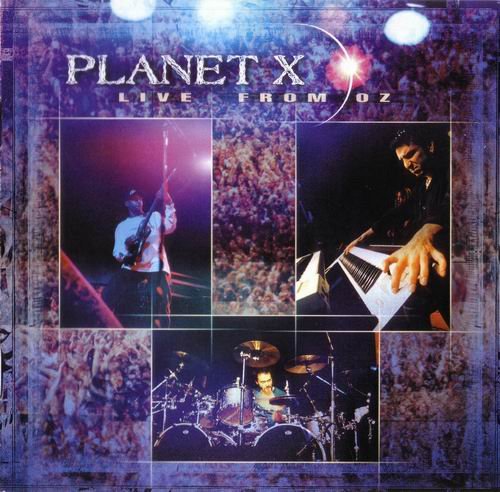
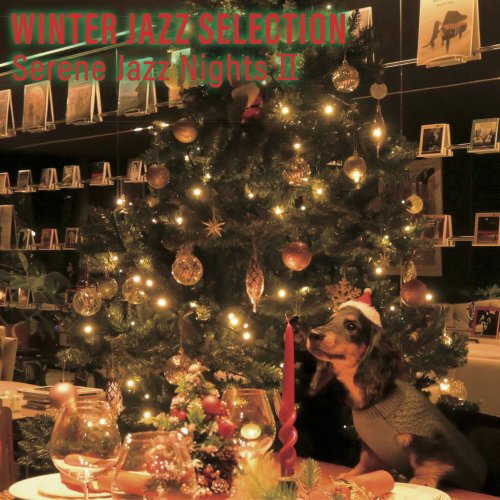
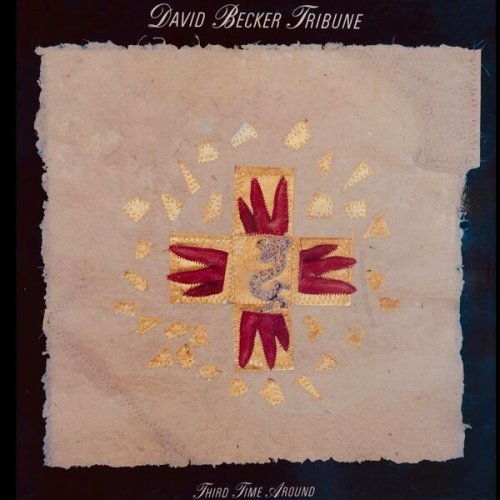
![Afrodream - Guiss Guiss (2025) [Hi-Res] Afrodream - Guiss Guiss (2025) [Hi-Res]](https://www.dibpic.com/uploads/posts/2025-12/1765638325_a2717494732_0.jpg)
